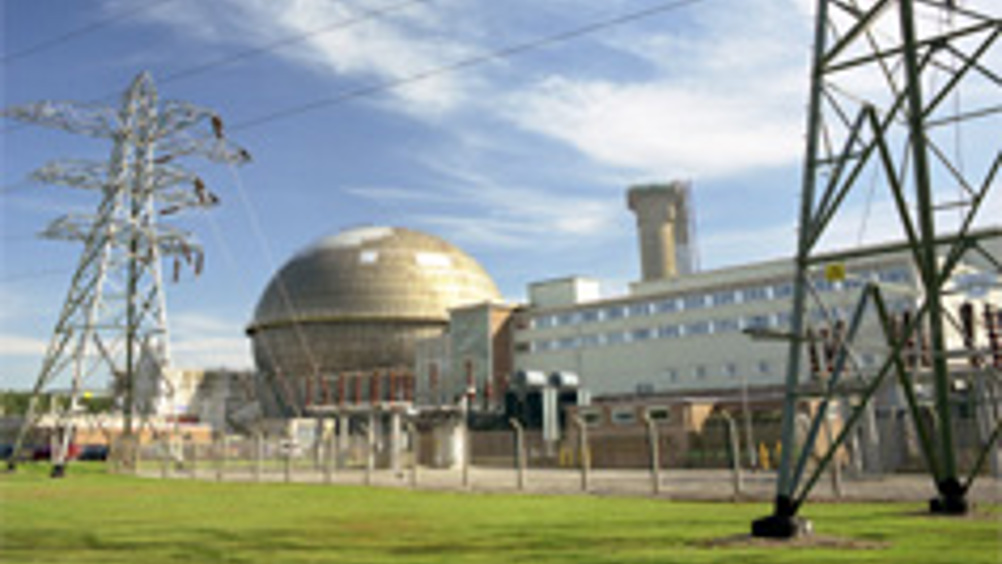Sellafield reactor reaches end of decommissioning project
The iconic Sellafield nuclear power reactor has finally reached the end of its 20-year decommissioning programme.

The final section of the Outer Ventilation Membrane (OVM) was safely removed from the reactor’s concrete bioshield at the end of May, marking the successful completion of the final reactor decommissioning campaign.
Ian Cowan, Windscale Advanced Gas Cooled Reactor (WAGR) project manager, said: ‘Completion of the campaign is a significant milestone for the WAGR decommissioning project and draws to a close 20 years of work to safely dismantle, process and place into passive storage an industrial-scale power-generating nuclear reactor.’
The golf ball-shaped WAGR was built in the early 1960s to serve as a testbed for the further development of advance fuel and other components, and to provide the operational experience of power production and was the forerunner to the UK’s second generation of power reactors.
It was owned and operated by the UK Atomic Energy Authority (UKAEA) and later by Babcock International Group, which, up until January 2011, managed the decommissioning project.
In anticipation of the UK’s likely nuclear decommissioning needs, the UKAEA decided in 1981 to decommission WAGR as the national demonstration exercise for power reactor decommissioning.
Register now to continue reading
Thanks for visiting The Engineer. You’ve now reached your monthly limit of news stories. Register for free to unlock unlimited access to all of our news coverage, as well as premium content including opinion, in-depth features and special reports.
Benefits of registering
-
In-depth insights and coverage of key emerging trends
-
Unrestricted access to special reports throughout the year
-
Daily technology news delivered straight to your inbox










Water Sector Talent Exodus Could Cripple The Sector
Well let´s do a little experiment. My last (10.4.25) half-yearly water/waste water bill from Severn Trent was £98.29. How much does not-for-profit Dŵr...